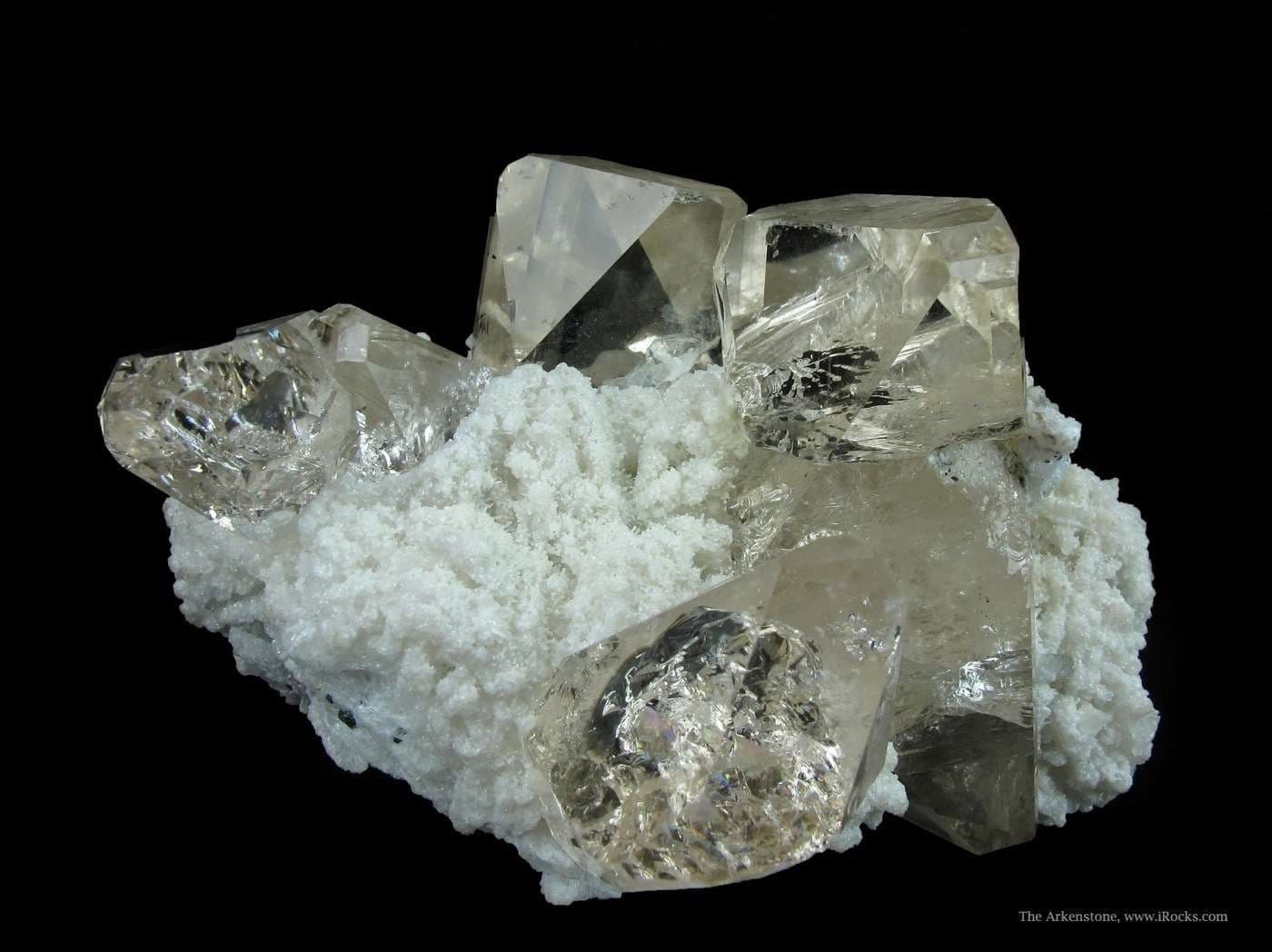Gems and Minerals: Facet Rough or Samples?
For faceting, the distinction between gems and minerals is usually clarity. However, learn why the decision to cut may be an aesthetic or even a moral one.
Answer: As far as faceting goes, the most important distinction between gems and minerals is clarity. Most crystals aren't clean. That immediately reduces their value as facet rough.
If you find a crystal with a large clean area, then you get into aesthetics.
Should You Cut It?
Whole crystals are much rarer than broken pieces. If the crystal (or crystals in a cluster) are in good condition, and especially if it has some of the original matrix attached, then you've found a rare prize. It would be a shame (maybe even immoral) to cut specimens of this quality, as there are so few. Great finds like these are worth more whole.
You'll rarely encounter this situation. Few mineral specimens actually have the clarity needed for faceting. However, gems and minerals don't have to be cut to be appreciated for their beauty.
Donald Clark, CSM IMG
International Gem Society
Related Articles
Faceted Gemstones And Light Return Measurements
Creating Ring Mountings for Deep-Cut Gemstones
Faceting Tips for Exotic Gemstones
Diamond Rough and Equipment For The Occasional Diamond Cutter
Never Stop Learning
When you join the IGS community, you get trusted diamond & gemstone information when you need it.
Get Gemology Insights
Get started with the International Gem Society’s free guide to gemstone identification. Join our weekly newsletter & get a free copy of the Gem ID Checklist!
